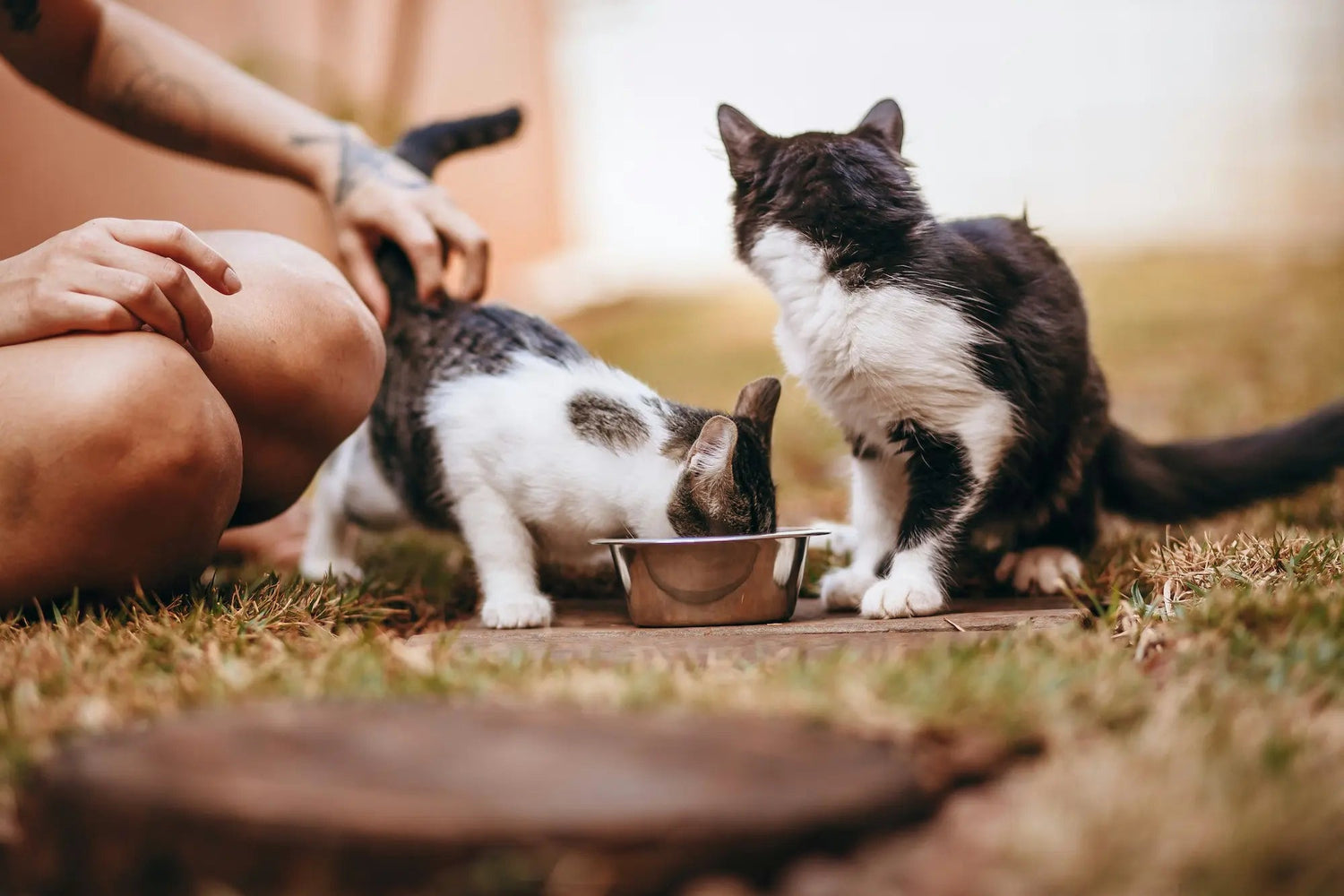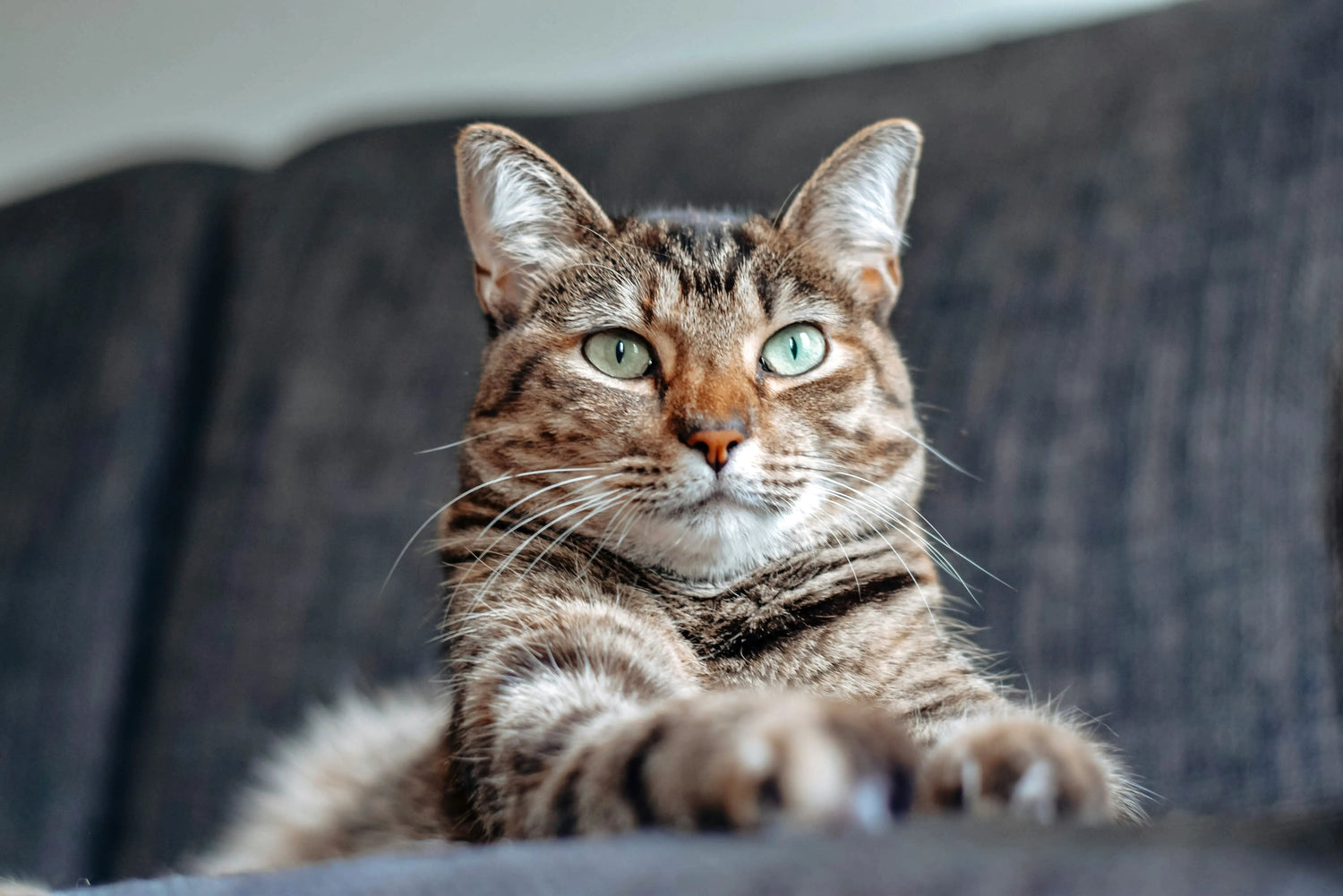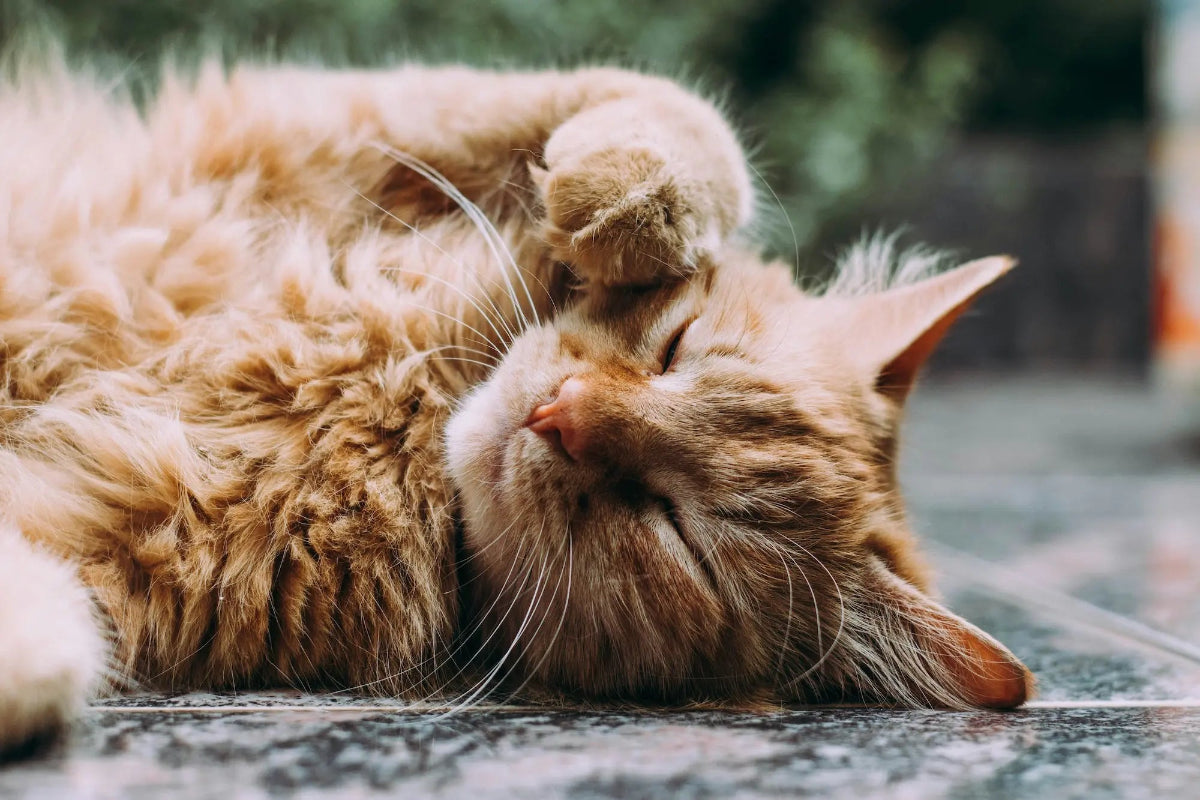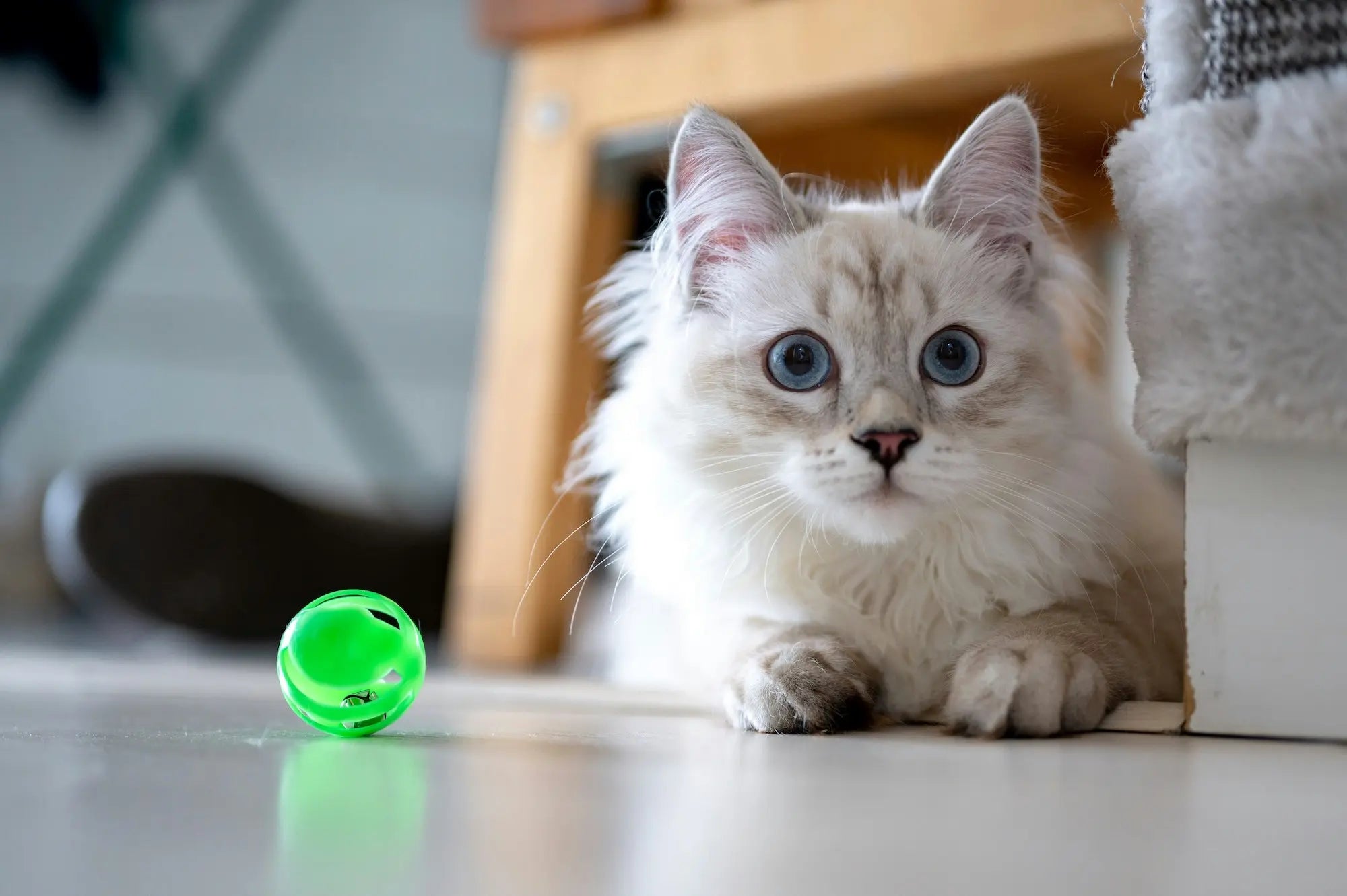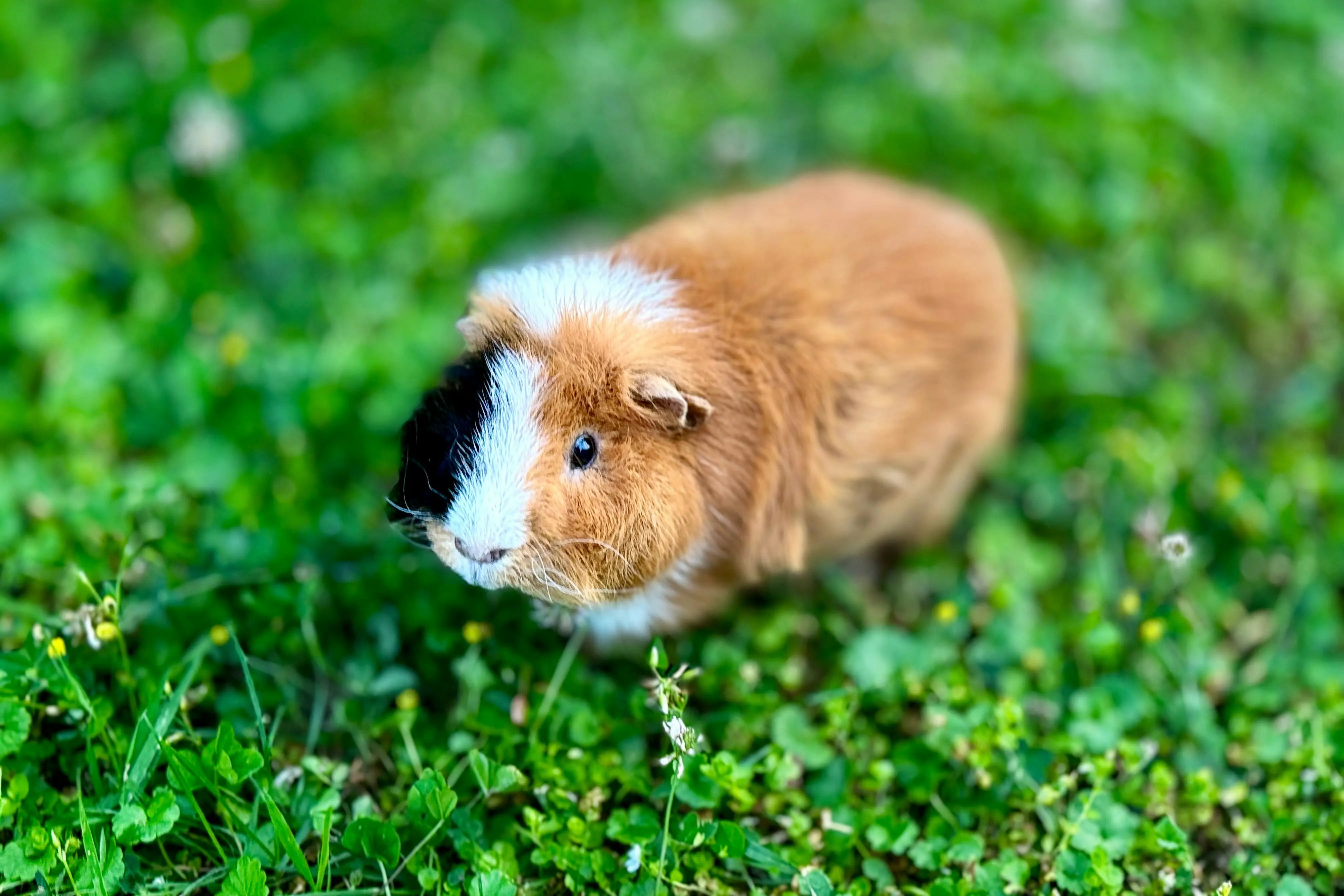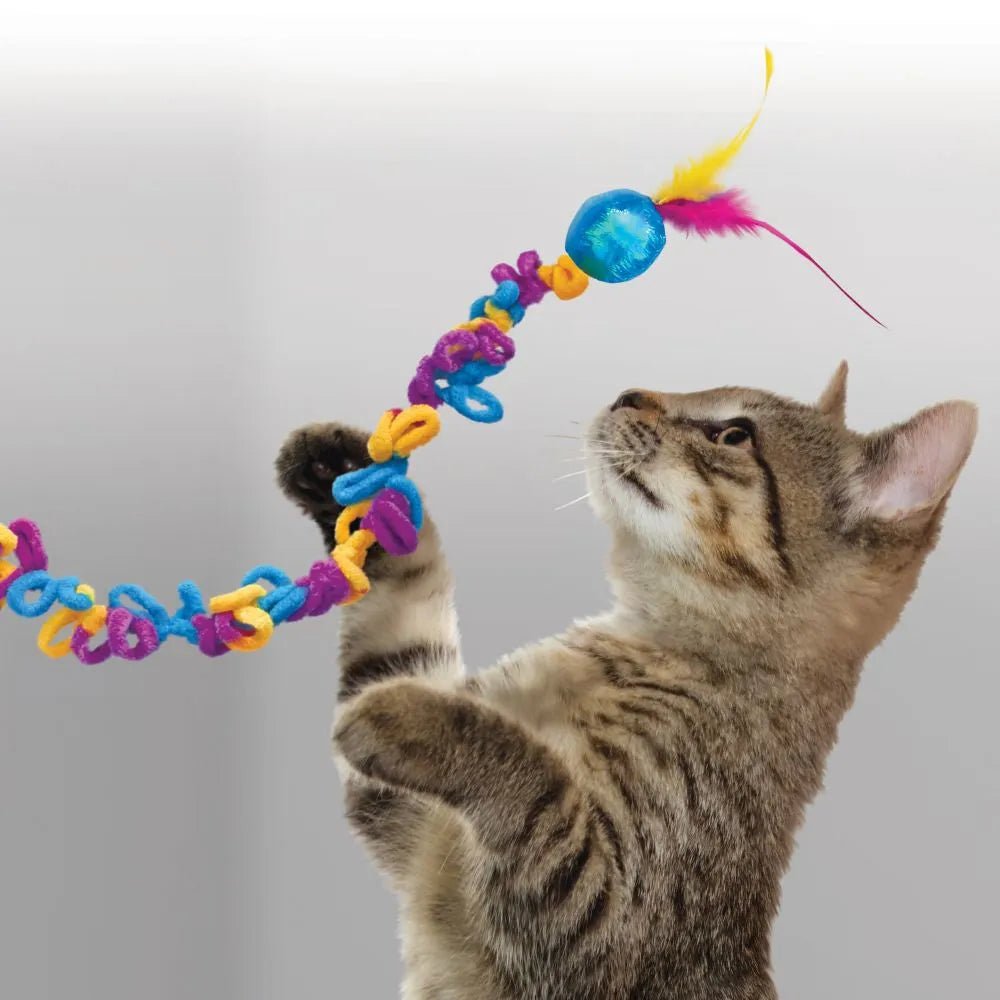If the cat is not neutered or sterilized after they reach sexual maturity, they are usually very fertile. Regular house cats can breed freely when they go outside. Purebred cats, on the other hand, are usually bred according to defined breed standards and sound guidelines by a cat breeder. In this post, we will take a closer look at how many kittens a cat can have , and how many it is common to have in a litter.
Castration vs. sterilization
Many people use the terms castration and sterilization interchangeably. Although the result of both procedures is zero kittens for the female cat, there are differences in the procedures. If you castrate a female cat, this means removing the ovaries and possibly the uterus. Sterilization means that the fallopian tube is only cut, but nothing will be taken out. The cat will still experience hormonal changes, regardless of its gender . In Norway, it is therefore most common to castrate cats.
The cat's reproductive system - when is the cat sexually mature?
You notice that your female cat wants to go outside, meows louder than usual and seems restless. She may also be a little extra cuddly and lies on the ground with her bottom high in the air. Then she may be in heat. This is also called the heat period and simply means that she is receptive to being fertilized. Although a cat can reach sexual maturity as early as four months, it is more common for it to happen when they are between 5-6 months old. This is also around this time that it is recommended to neuter your kitten.
The cat can have heat several times a year if she is not spayed and lasts about a week. If she is not fertilized, she will return to her normal self. Outdoor cats will have heat more regularly, while indoor cats may have a somewhat more irregular rhythm. If the cat becomes pregnant, the gestation period lasts about nine weeks.
How many kittens does a cat usually have in a litter?
In a litter, it is common to have 3 - 5 kittens, but they can also have more . The record for the largest number of kittens in a litter is currently 19, of which four were stillborn. If the female cat has mated with different unneutered male cats, the kittens from the same litter can actually have different fathers! This is because ovulation in the female cat does not follow a cycle, but occurs as a result of mating.
This can affect how many kittens a cat has in a litter:
- The age of the female cat
- Cat breed
- Genetics
- Health and nutrition
How many kittens can a cat have in its lifetime?
If we consider average figures, a cat can have 180 kittens during its lifetime. This number increases significantly if none of the cats in the litter are neutered. Female cats are most fertile when they are between 1.5 - 7 years old, but can certainly become pregnant up to the age of 14. The younger the cat, the greater the chance of having more kittens in the litter. Cats reproduce quickly, and can have between 4 - 6 litters each year, as she can easily become pregnant while still nursing the newborn kittens.
Wondering how long a cat lives? Read our article about the life cycle of cats .
Should a cat have a litter of kittens before being neutered?
It is a myth that cats should have a litter before being neutered. It is actually better for the cat if you perform the procedure before her first heat. There are many kittens who are born unwanted or homeless all over the world. In Norway we also have this problem where the fate of a lot of cats ends unhappy. Hard lives outdoors without access to food, heat or veterinary care apply to a large number of kittens. Many cats are also dumped every year, or are killed with cold-hearted methods behind the house wall. Therefore, both we, veterinarians and the Norwegian Food Safety Authority encourage you to neuter both your male and female cat for better animal welfare.



